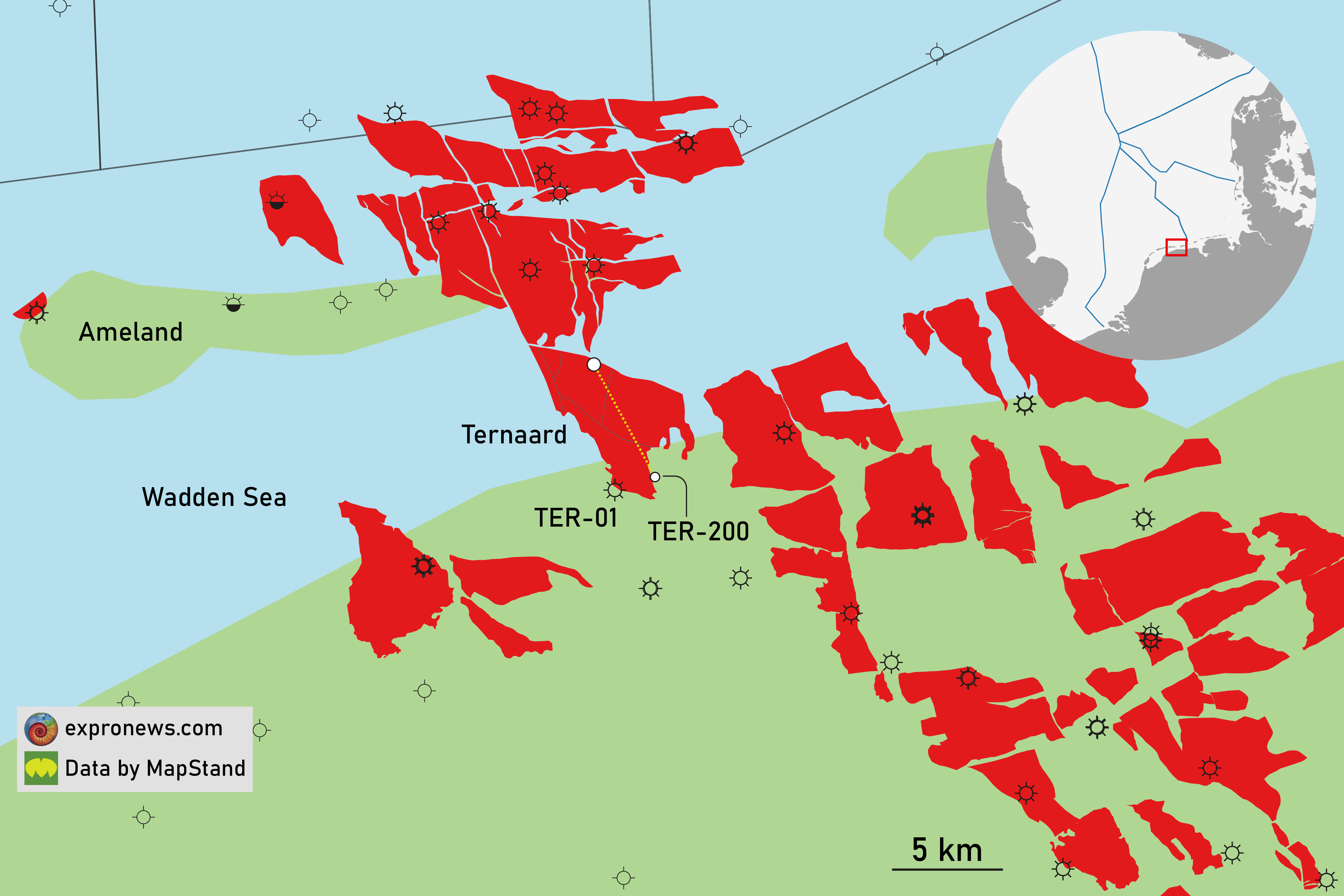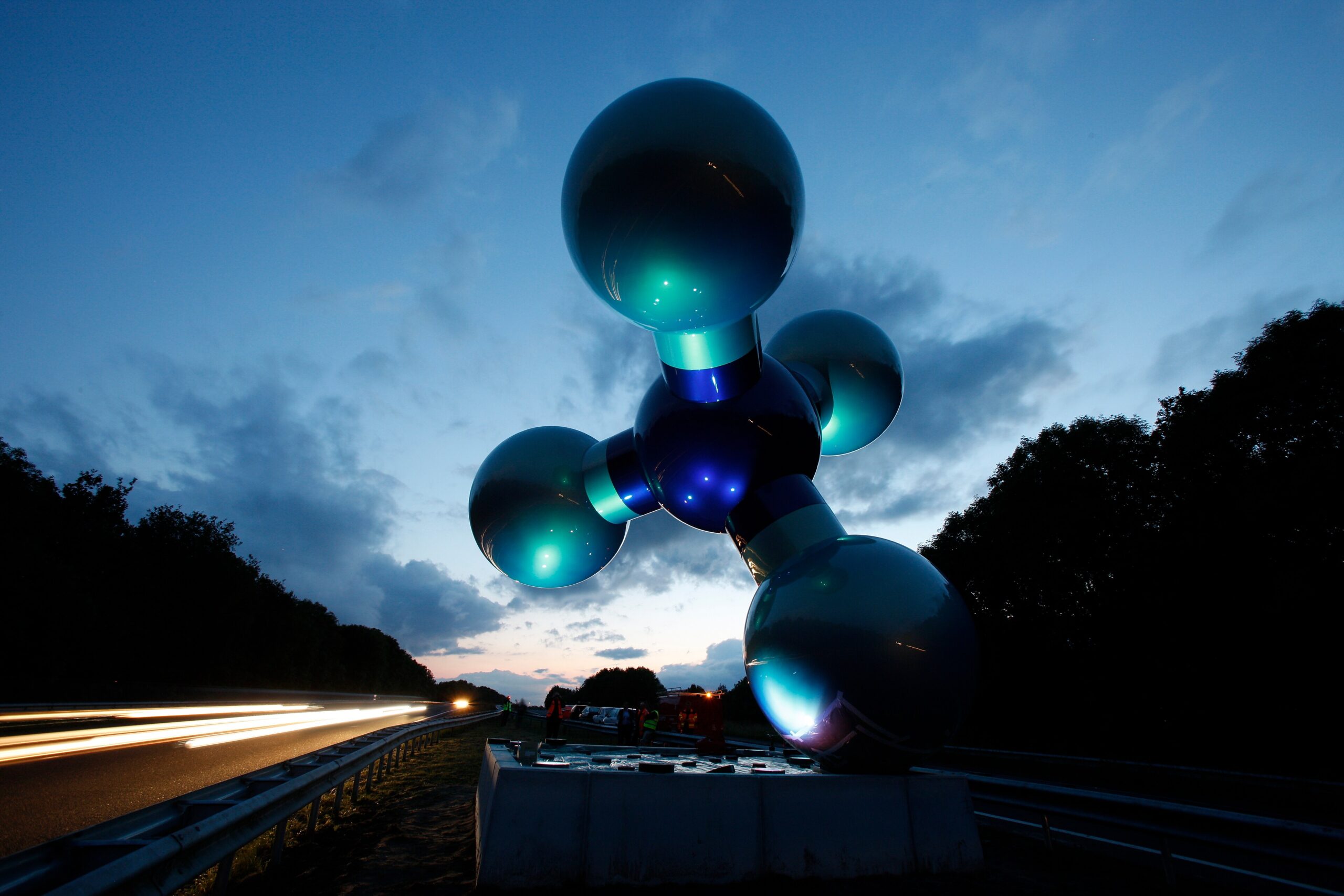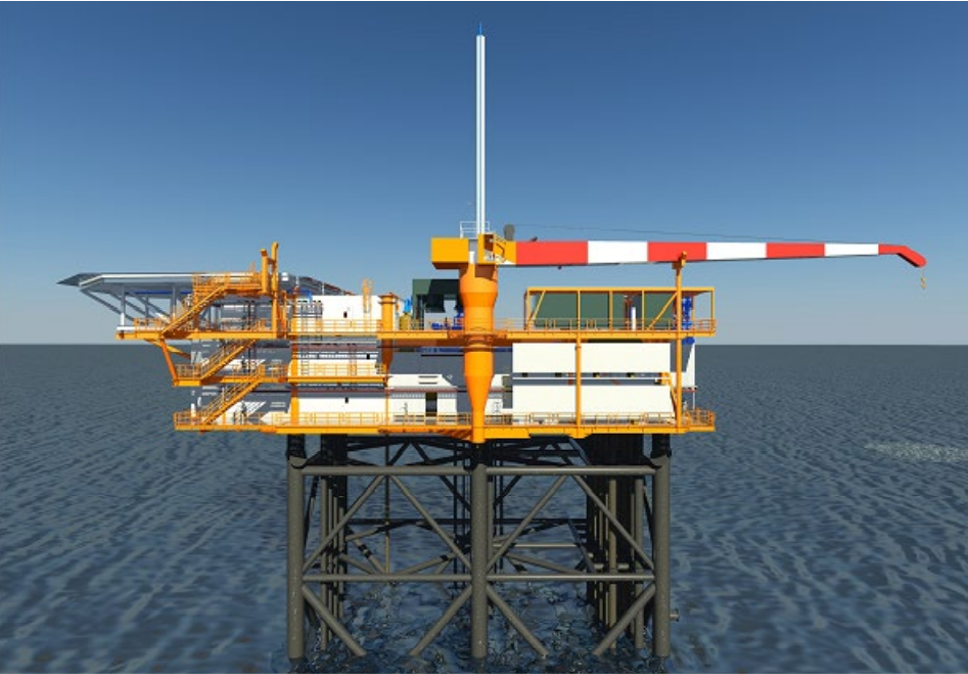The Dutch government is considering to approve NAM’s request to produce gas from the Ternaard gas field, which is situated below one of the most important nature reserves in the Netherlands.
This nature reserve is the Wadden Sea, an intra-tidal basin that is located between a string of barrier islands in the north and the mainland in the south (see map above).
Concerns were flagged by the local authorities and communities, varying from resistance against fossil fuel extraction in general to issues related to production-related subsidence and the stability of the fragile ecosystem of the intra-tidal areas.
For these reasons, many studies have been performed in the past years in order to properly assess the impact of gas production from the field. However, the interesting thing is that the field itself can hardly be called a field, as the “discovery” well drilled in 1990 (TER-01) did not result in encouraging production tests because of the poor reservoir quality of the Permian Slochteren sandstone reservoir. That is probably the main reason why the operator NAM did not push ahead with the development at the time.

The idea now is to drill a well into a fault panel to the north of the discovery well from an onshore location on the mainland (see map above, TER-200). This well is expected to penetrate the reservoir in a more updip setting, which may have positive implications on reservoir quality given the greater vertical distance from the gas water contact.
In case the well to be drilled proves that the expected volumes of around 25 Bcm do indeed exist in three of the mapped fault blocks in the accumulation, NAM will only be allowed to produce up to 7.57 Bcm of it because of the concerns related to subsidence. The resulting ultimate recovery factor of around 30% will therefore be one of the lowest of a typical Rotliegend gas development where recoveries tend to be around 80%.
Drilling activity is not new in the Wadden Sea, with the Zuidwal gas field being the most prominent example of gas production from an area right in the centre of the area (not on map above), including a prominent platform. Commissioned long before environmental concerns were top priority, the Zuidwal field, which overlies an extinct Jurassic volcano, ceased production a few years ago. Total subsidence that took place due to gas production is estimated to be up to 14 cm for Zuidwal.
HENK KOMBRINK





